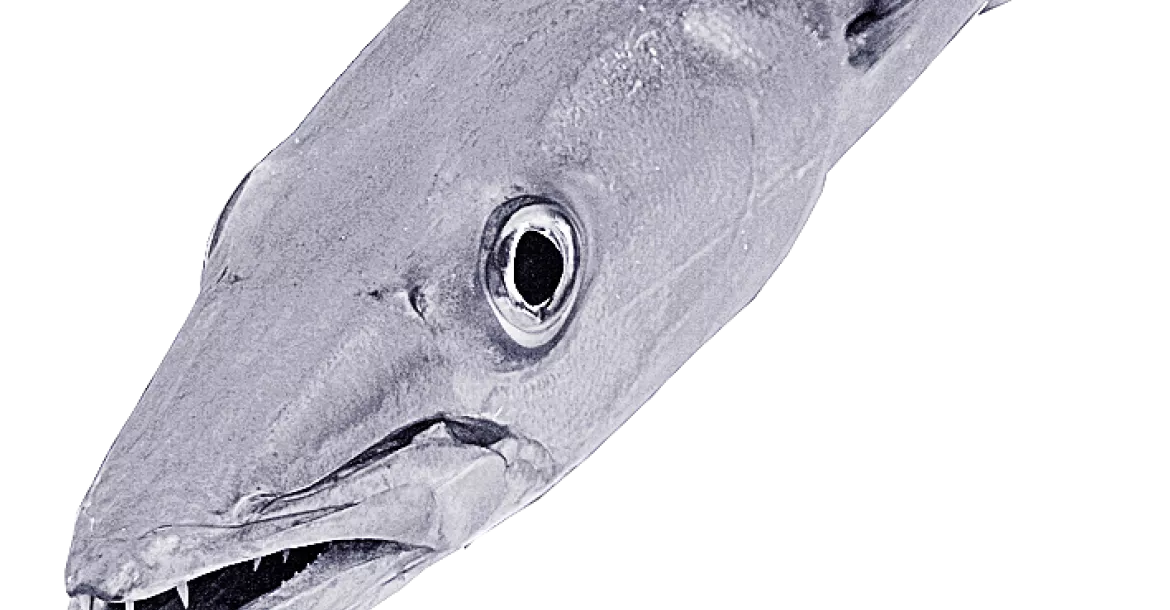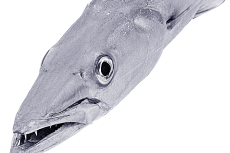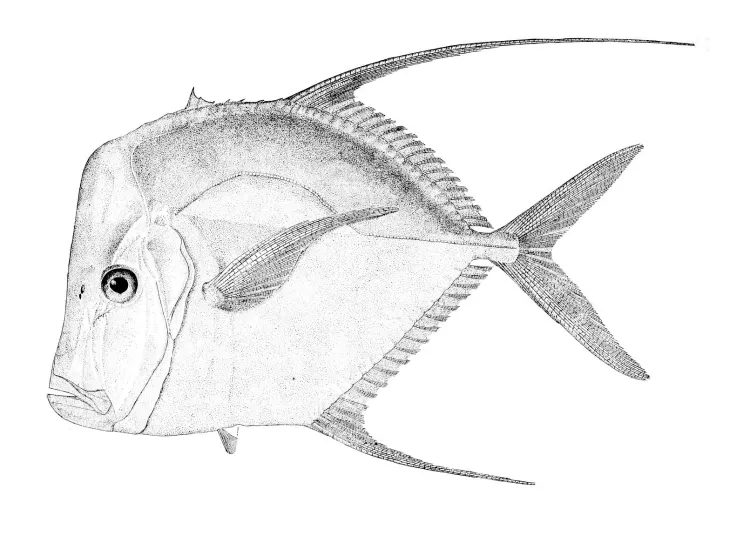Fish camouflage themselves by manipulating light reflections
Fish can hide in the open ocean by manipulating how light reflects off their skin, according to researchers at The University of Texas at Austin.
The researchers found that lookdown fish camouflage themselves through a complex manipulation of polarized light after it strikes the fish's skin. In laboratory studies, they showed that this kind of camouflage outperforms by up to 80 per cent the "mirror" strategy that was previously thought to be state-of-the-art in fish camouflage.
The open ocean represents a challenging environment for camouflage,There are no objects to hide behind in three-dimensional space, so organisms have to find a way to blend in to the water itself.
Molly Cummings, associate professor of integrative biology in the College of Natural Sciences.
For the past few decades the assumption has been that the optimal camouflage strategy for open ocean fish is to reflect sunlight like a mirror. The mirror strategy is not optimal, however, when light is polarized, which occurs when individual waves of light align parallel to one another.
The lookdown's "polaro-cryptic" mirror skin functions by selectively reducing the degree of polarization and transforming the angle of polarization of the reflected light depending on the conditions.
The researchers' next task is to understand how the fish accomplish this feat.
The contours of the polarized light field in the open ocean environment constantly change except at noon, when the sun is directly overhead. A fish needs to do more than deploy the straight mirror strategy in order to stay camouflaged.
- Log in to post comments



























